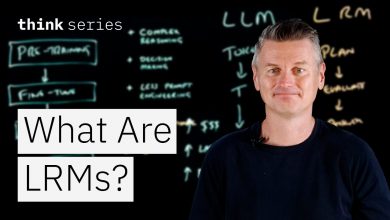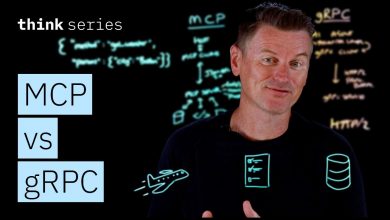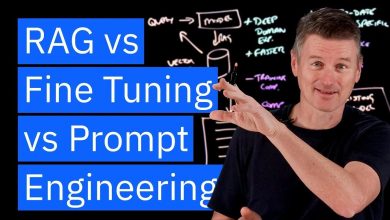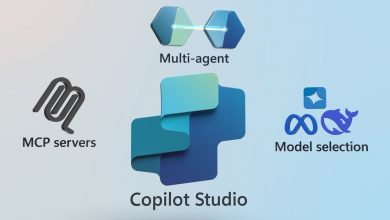Comparing LRMs to Neurosymbolic AI
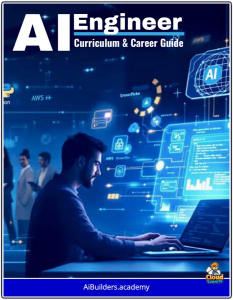 Large Reasoning Models (LRMs) and neurosymbolic AI both aim to overcome the shallow pattern-matching of traditional Large Language Models, yet they pursue reasoning through fundamentally different architectures, yielding distinct strengths, weaknesses, and use cases.
Large Reasoning Models (LRMs) and neurosymbolic AI both aim to overcome the shallow pattern-matching of traditional Large Language Models, yet they pursue reasoning through fundamentally different architectures, yielding distinct strengths, weaknesses, and use cases.
LRMs, exemplified by OpenAI’s o1 series, remain end-to-end neural networks.
During inference, they allocate extra compute to generate long, hidden chains of thought—often thousands of intermediate tokens—before collapsing to a final answer.
This “thinking time” enables self-correction, backtracking, and programmatic execution via integrated code interpreters. The entire process stays within the differentiable transformer substrate, trained on vast text and code corpora. As a result, LRMs excel at fluid, human-like exploration of mathematical proofs, coding challenges, and multi-step planning, but they inherit neural pitfalls: brittleness to adversarial phrasing, occasional hallucinated logic, and opacity in the hidden reasoning trace.
Neurosymbolic AI, by contrast, explicitly hybrids neural perception with classical symbolic manipulation. A typical pipeline routes a neural encoder’s embeddings into a symbolic reasoning engine—such as a logic solver, knowledge graph, or differentiable theorem prover—then decodes the symbolic output back to natural language. Systems like DeepMind’s AlphaGeometry or IBM’s Neuro-Symbolic Concept Learner combine gradient-based pattern recognition with rule-based deduction, guaranteeing logical validity where symbols are well-defined. This marriage delivers verifiable correctness in geometry, formal verification, and structured databases, while sidestepping neural hallucinations through symbolic constraints.
Speed and scalability favor LRMs for open-ended tasks; neurosymbolic systems lag when symbolic modules demand exhaustive search or hand-crafted ontologies. Conversely, neurosymbolic approaches dominate in safety-critical domains requiring auditability and zero-shot generalization to novel rule sets. Future convergence may see LRMs adopt lightweight symbolic executors internally, or neurosymbolic frameworks scale via learned heuristics—blending the fluidity of thought with the rigor of proof.
(Word count: 299)
